23-25 June 2024
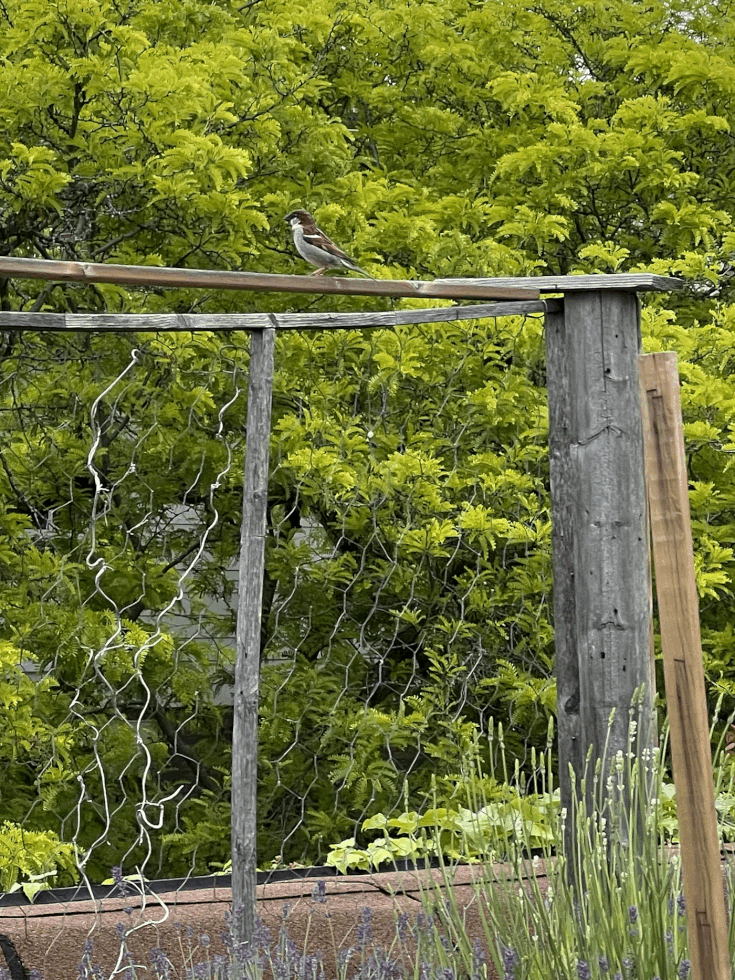
What Birds Talk About When They Talk (2021) is a video animation that humorously ventures into the stakes of interpretation. Through a cross-cultural collection of references culled from mythology, science, cartoons, and literature, the piece conflates the historic and the contemporary to create a portrait of birds’ distinct voices and the fascination they exercise on humans. Propelled by a soundtrack of calling, drumming, tweeting, rattling, duetting, screaming, mocking, conversing, news reporting, philosophizing, and prophesising birds, the work invites us to consider the effects of our interpretative acts: Do they foster connections across difference or limit our understanding of what nonhuman animals can think and do? The translations presented in the piece reflect the continuity or discontinuity humans imagine between themselves and birds, from objects to talk about to subjects that can be talked with.
Community Toolshed for the Birds (2021) is a wooden structure containing a variety of tools that birds have been observed using for various purposes, from foraging for food and scratching themselves to playing and hooking to cracking things open. These tools include bits of bark, strips of newspaper, feathers, thistles, paper clips, plastic twist ties, sticks, twigs, stones, bread, fire, insects, leaves, thorns, mirrors and more. Birds not only use and fabricate tools, but they also share this knowledge with one another, often allowing for tools to be improved over generations. The piece is part of a series of works by Ibghy and Lemmens that challenges common assumptions humans have regarding animal intelligence, as well as a whimsical yet practical example of ways to improve interspecies cohabitation.


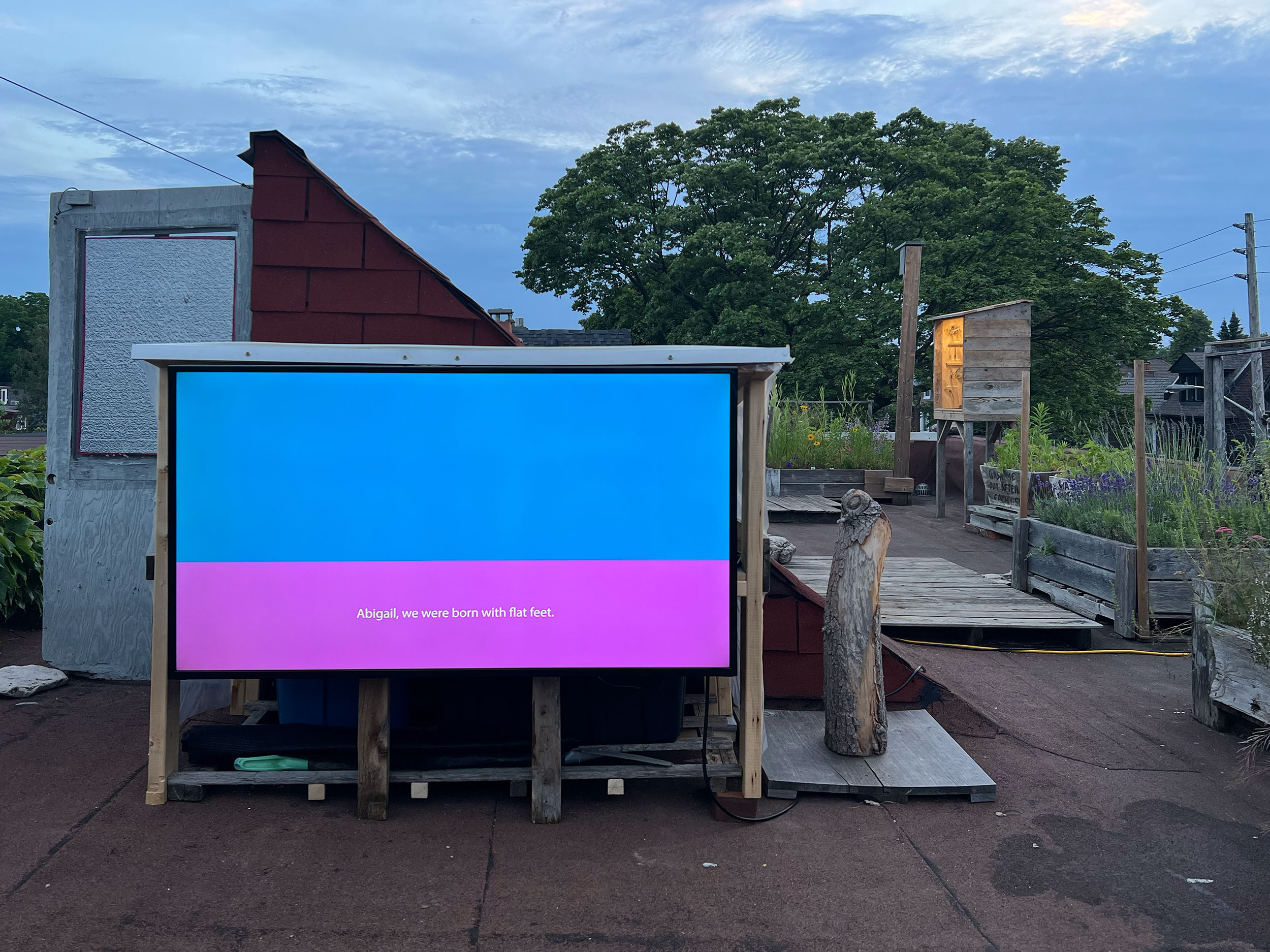

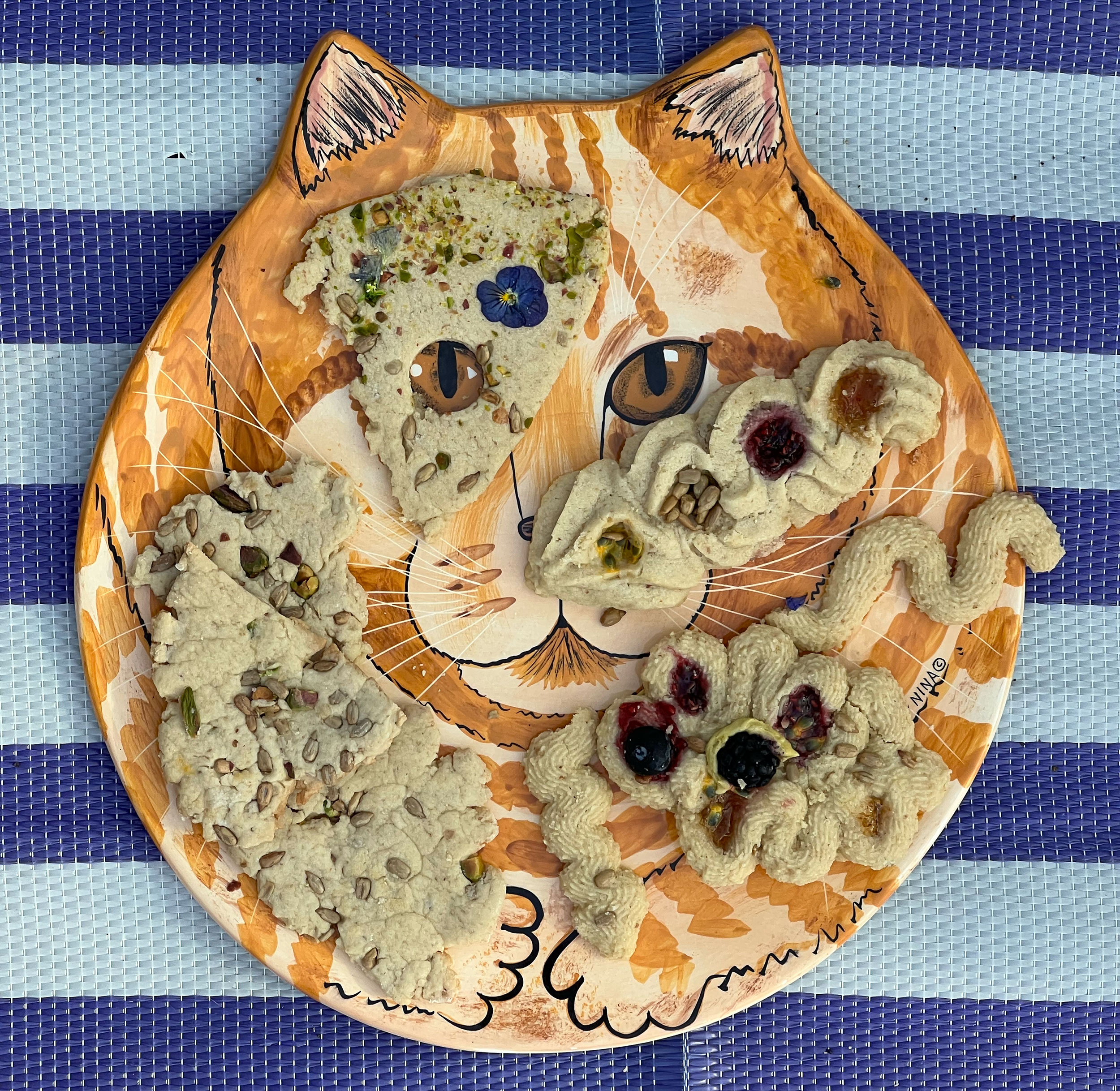
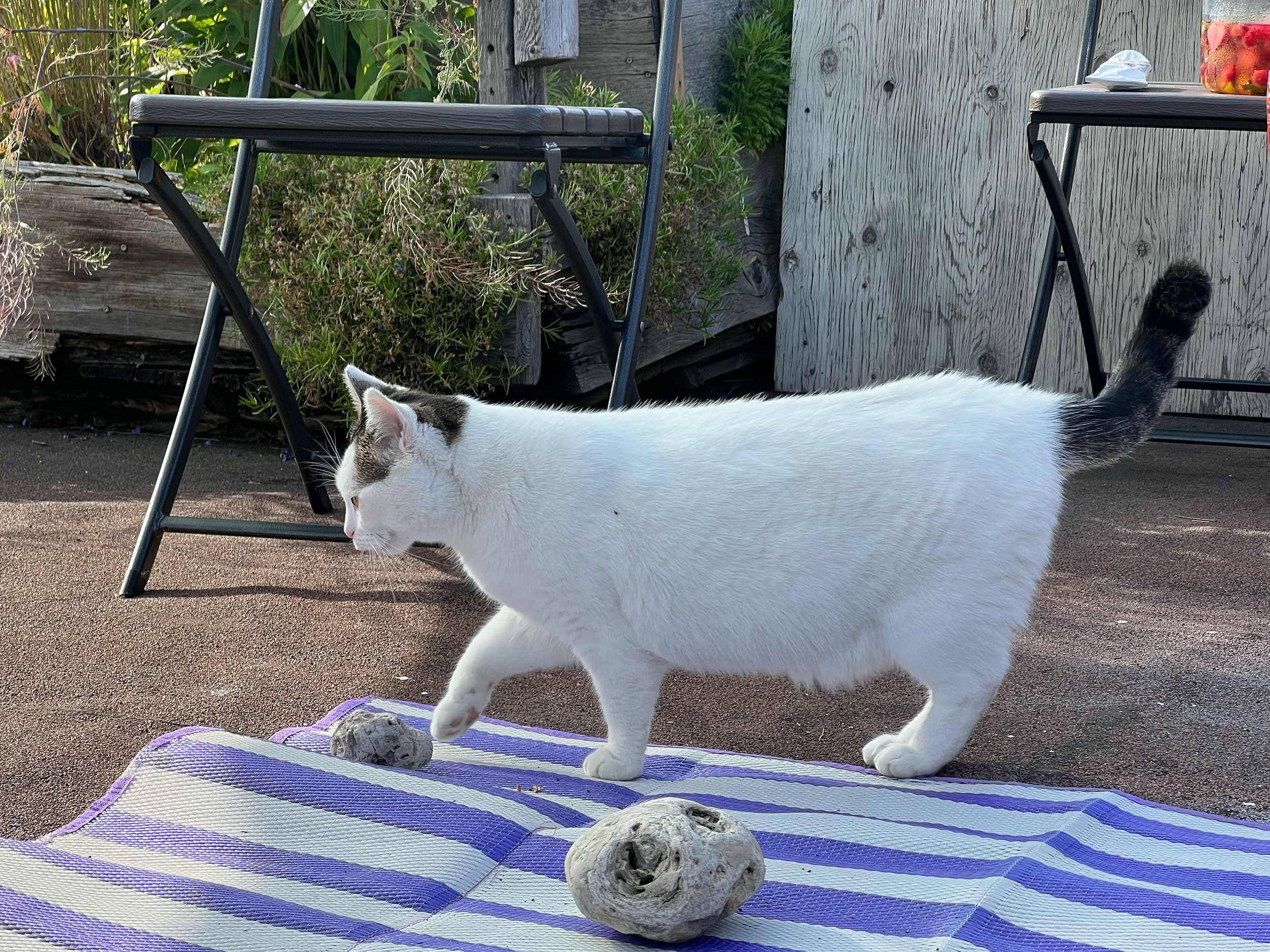
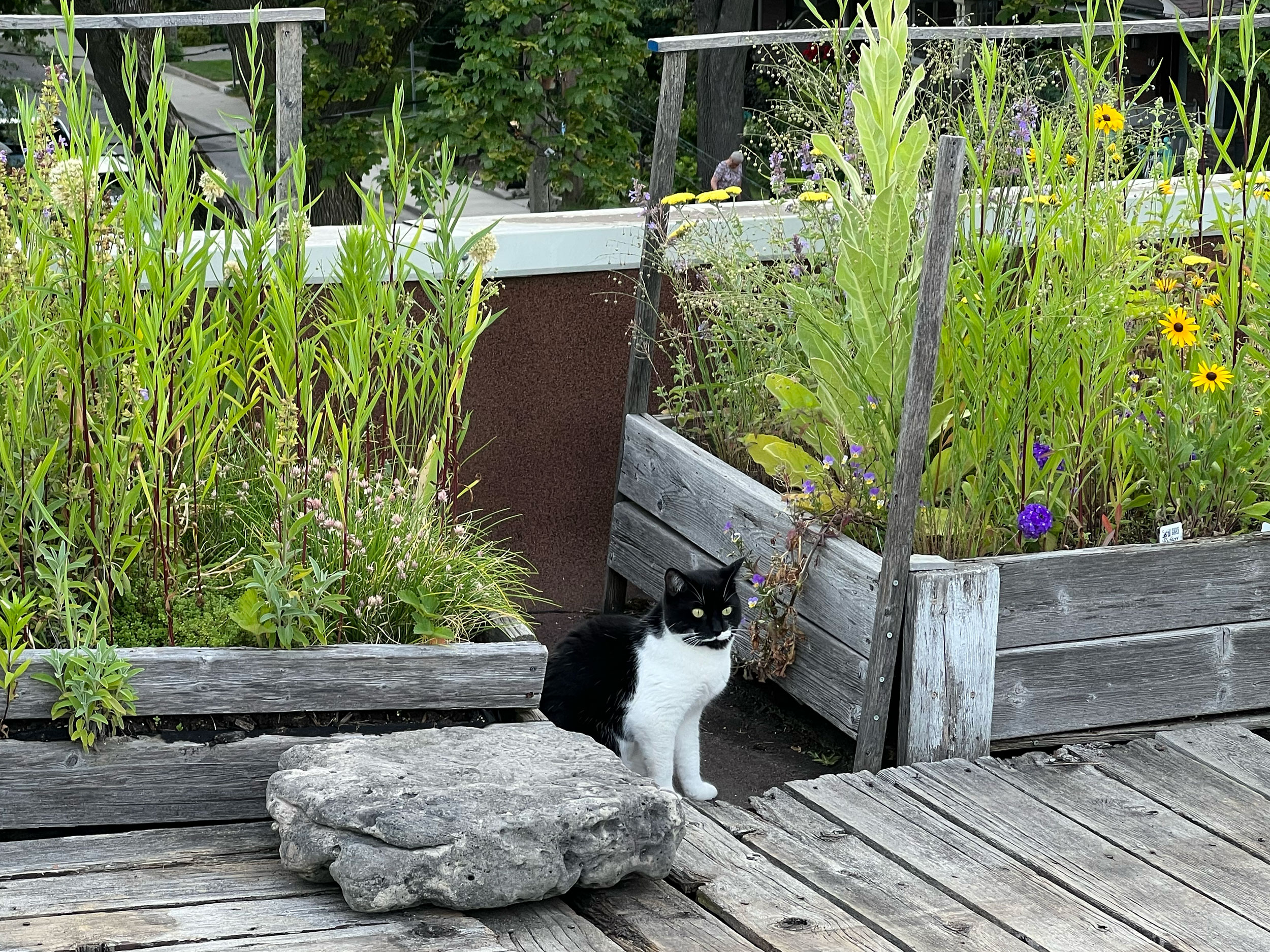
Richard Ibghy and Marilou Lemmens create sculptures, videos, installations, public artworks, and artist books. Combining rigorous research with a material exploration that emerges from the issues specific to each project, their practice examines issues at the intersection of ecology, economy, epistemology, and history. For several years, they have examined the history of science and other forms of knowledge, including the language of economy, the magic of statistics, the capacity for models to impact the future, the aesthetics of data visualization, and the design of laboratory experiments. More recently, their work seeks to expand concepts of hospitality, care, and interspecies communication. They live in Durham-Sud, Quebec, Canada.